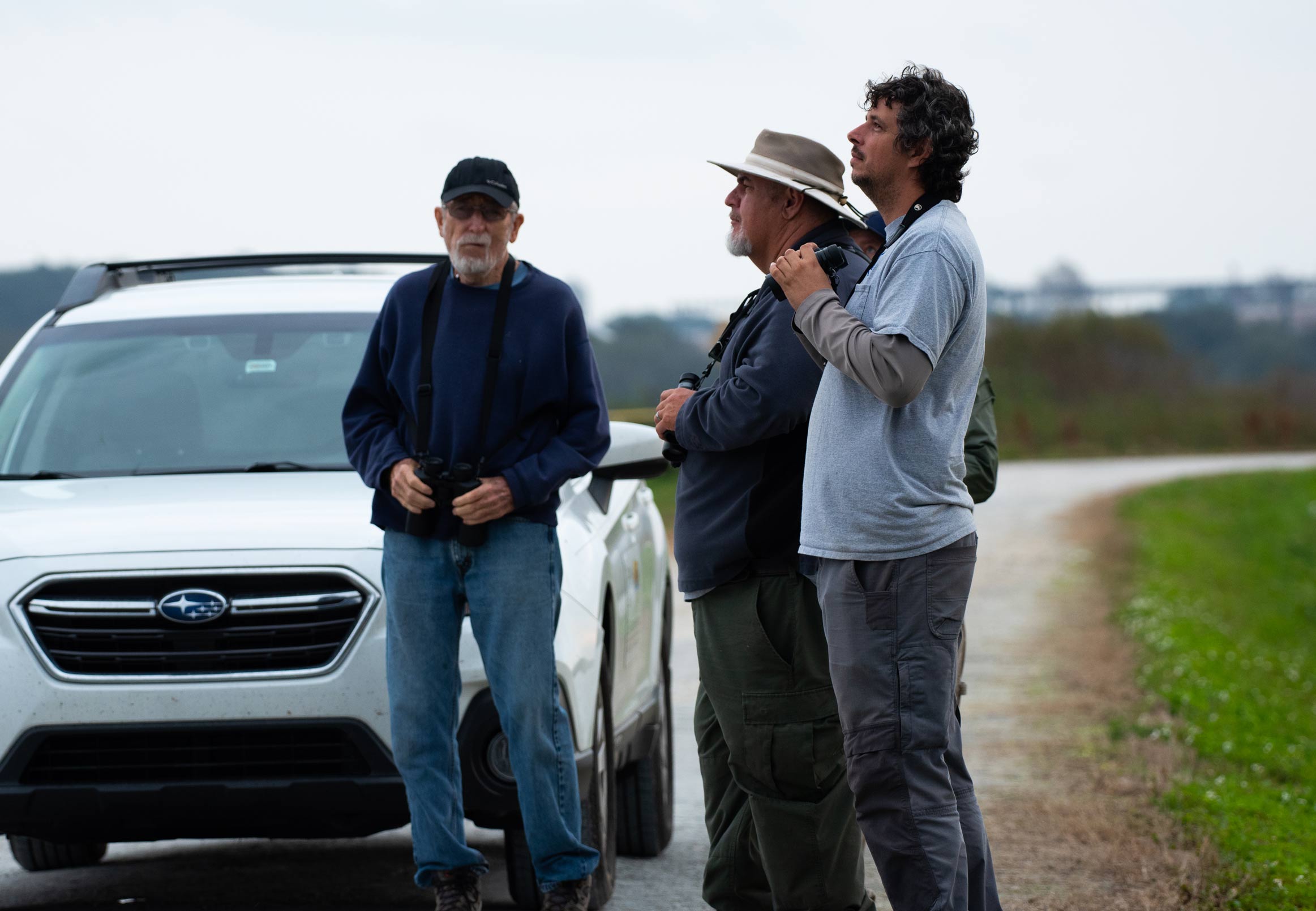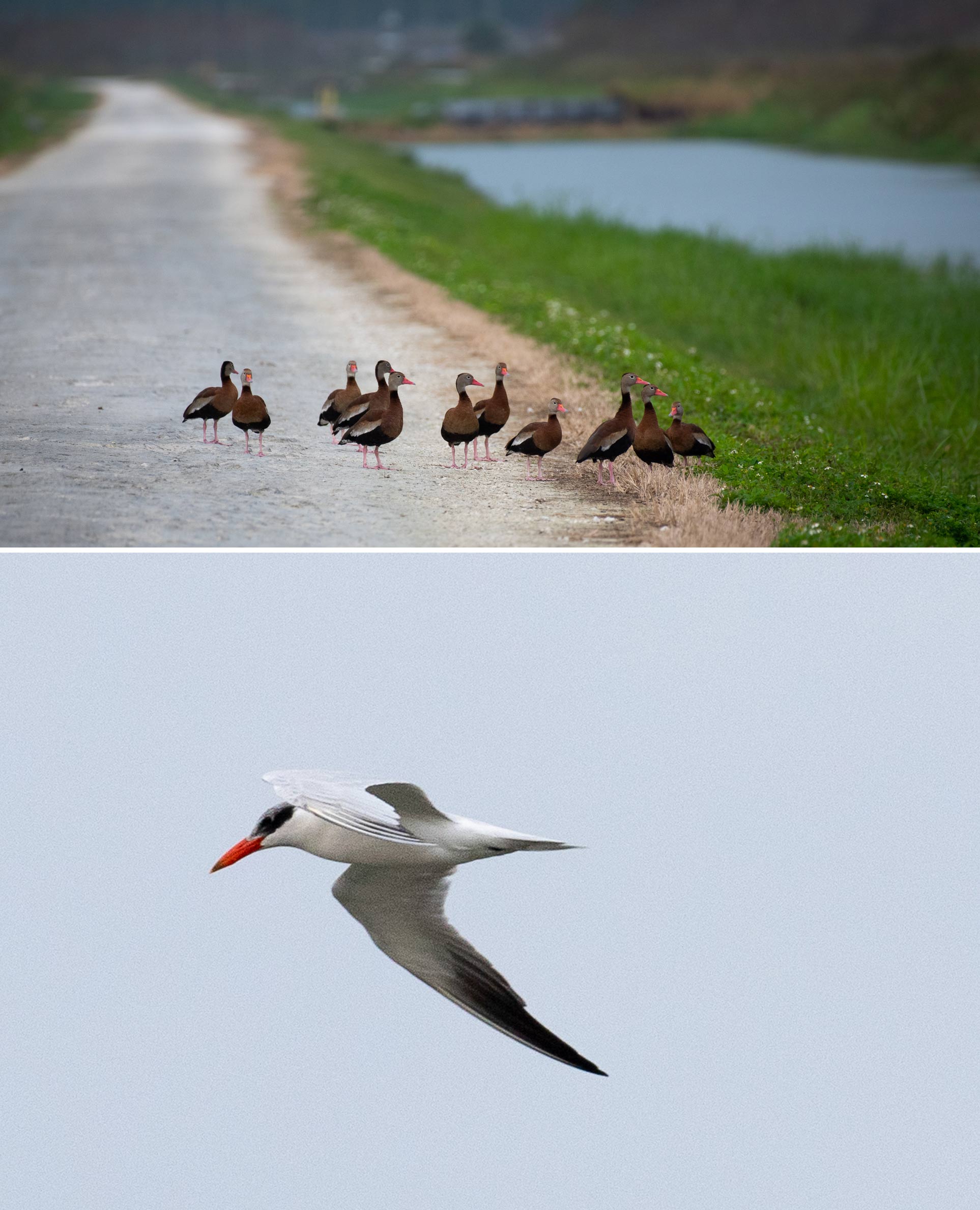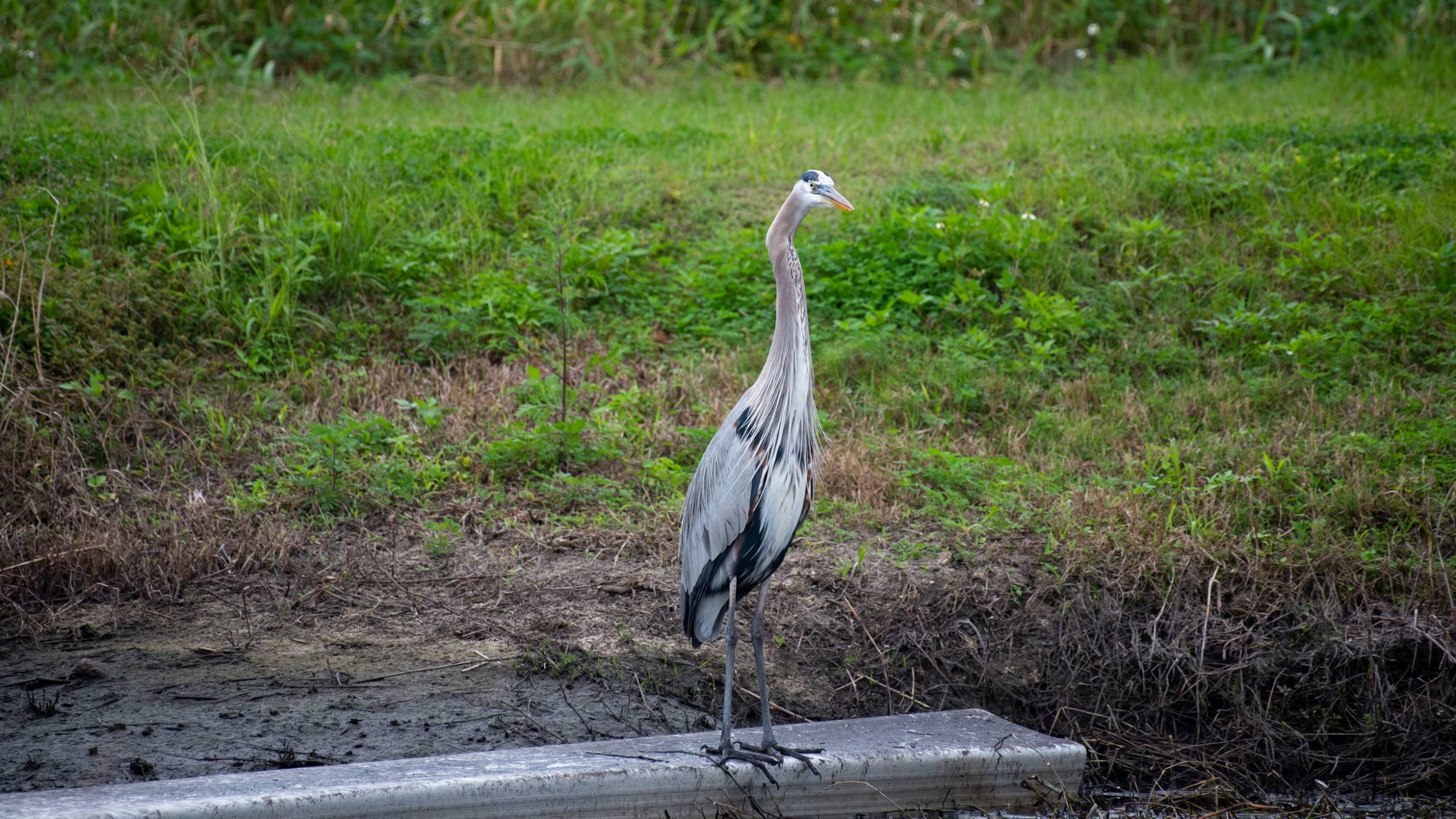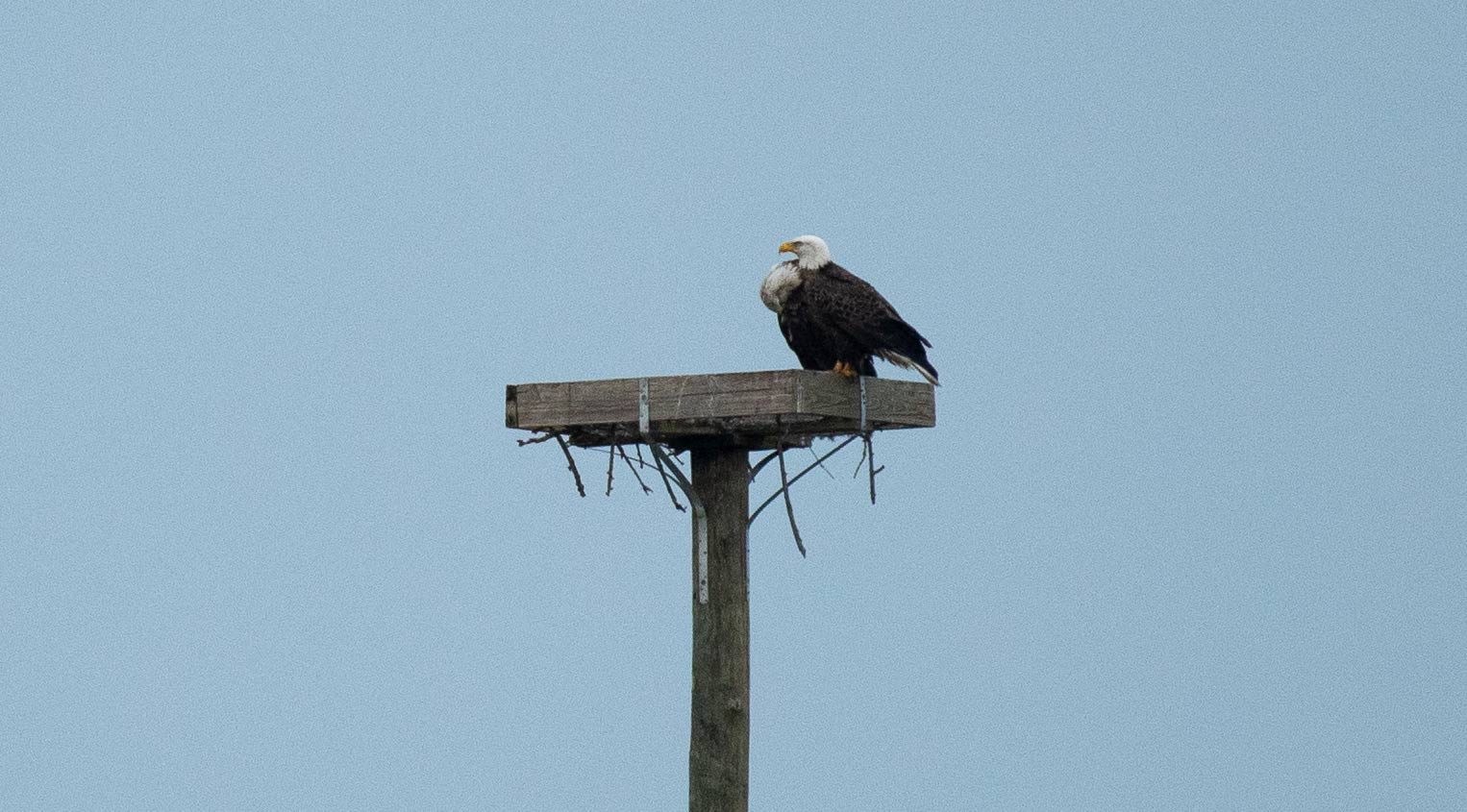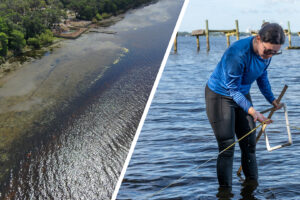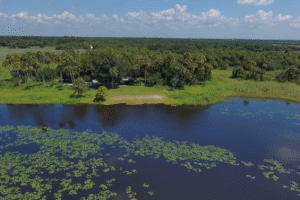There are some people who love birds — really, really, really love birds. And with good reason: birds have been around for over 100 million years, surviving the mass extinction that killed off the dinosaurs, then migrating and evolving to live on all seven continents and in just about every type of habitat. Birds are the deserving subjects of superlatives: the fastest animal in the world (peregrine falcon) or the longest migration of any animal (arctic tern).
So, out of respect and admiration for these feathered friends and an interest in contributing to their protection, every year, around Christmas, birders worldwide (but mostly in the United States and Canada) gather locally to count birds. The Christmas Bird Count, organized by the National Audubon Society, happens from mid-December through January, and it’s known as possibly the longest-running citizen science activity in the nation. This year marks the 123rd year of the event.
The Lake Apopka North Shore is one of several St. Johns River Water Management District public lands inventoried during the Christmas Bird Count. Centrally located in the state and expansive, Lake Apopka offers wintering grounds for some species, a place to stopover for migratory species, and a permanent year-round home for other species. The bottom line, Lake Apopka is a hotspot for birding.
On a recent, gray Thursday in December with a thunderstorm approaching, volunteers and District staff worked alongside each other, peering through binoculars and spotting scopes, counting as they traded notes on the differences between the black-bellied whistling ducks and the fulvous ducks, pointing out osprey and bald eagles.
The count locations are predetermined (each count happens within a circle 15 miles across, repeated year after year) and the local one-day search date is set by the volunteer organizer. Birders start before dawn and stay past dusk searching trees, waterways and powerlines, then recording the different types and numbers of birds. It’s a snapshot of bird populations looking at the diversity and density of birds in the area. Once compiled, the information gathered in the annual count indicates trends and the long-term health of bird populations throughout the country and locally.
Fittingly, one of the birds included in the recent bird count was a great egret, a bird once hunted almost to extinction by the end of the 19th century for its feathers. Concerned bird-lovers banded together to campaign for protective measures, prohibiting hunting and protecting habitat. Ultimately these efforts led to the formation of the National Audubon Society.
Now that it’s restored from farmland and serves as protected habitat, the wetlands of the District’s Lake Apopka North Shore offer a surprisingly diverse environment drawing a range of different birds: warblers and waterfowl, raptors and wrens, turkeys and tanagers, all find something suitable. There’s the lake itself, with fish for wading birds, ducks dabble in the shallow wetlands crisscrossed by levees, and an occasional “dry” upland patch that offers an environment of pines and shrubs where owls can nest. It’s home to such a diversity of birds that in 1998, the Christmas Bird Count recorded a record-setting inland count of 174 different species. Throughout the course of a year, over 360 bird species can be seen on the property, including representatives of notorious record-holding species: the peregrine falcon and arctic tern.
So, whether you already count yourself as a birder or if you are just bird-curious, be sure to check out the Lake Apopka Wildlife Drive to get a chance to see some of the birds that live or visit the North Shore. If you are interested in the findings and any upcoming bird counts, you can find more information at www.audubon.org/conservation/join-christmas-bird-count.
No matter where you live in the District, there’s likely to be a bird count and District land to do your own bird-watching near you.


